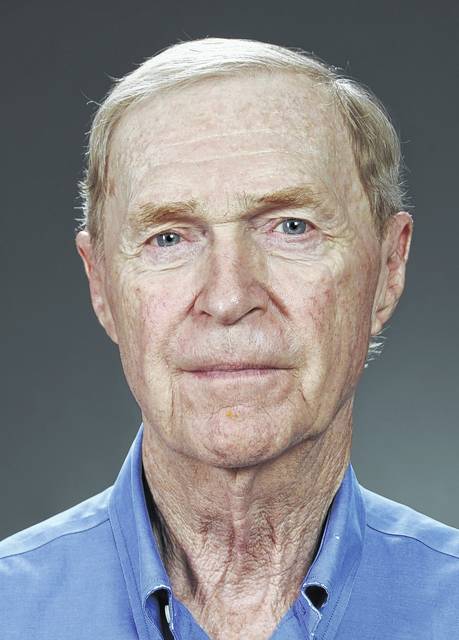There is enough heat energy stored in the earth system resulting from anthropogenic greenhouse gas accumulation to warrant the assumption that some recent climate/environmental events were intensified by anthropogenic “climate change.” But measuring the contribution of climate change is a more difficult challenge. Consider the 2020 wildfires in the western United States.
Fire ecology science reveals that fire in the western U.S. is a natural event that happens frequently. Those fires minimize the ground level “fuel load,” and the fires burn at a relatively low temperature. When citizens of European descent occupied the area, they put out the fires, thus allowing the ground level fuel load to increase over several decades. With the extra fuel load, the fires burn at higher temperature, setting the large trees on fire and sending burning embers (firebrands) down wind, thus spreading the fire.
The seed cone of the lodgepole pine does not open unless it is subjected to the intense heat of a fire. The black-backed woodpecker lives, almost exclusively, in forest that has burned. Biological evidence like this indicates that western wildfires are natural events.
In the United States during the past three decades, 32 million houses have been built at the “wildland-urban interface,” thus increasing the potential fuel load for wildfires. The wildland-urban interface is where, for example, housing developments are built close to forested areas with trees and ground level vegetation that can burn with sufficient intensity to possibly ignite the nearby houses.
The 2020 wildfires were driven by dry conditions. But scientists tell us that the southwestern U.S. has, historically, experienced droughts that lasted 30 years and one that lasted 50 years. Periods of generous rainfall promote growth of vegetation that becomes fuel load during periods of drought.
The number of western fires, approximately 200 as of Sept. 10, 2020, reflects the probability that some of those fires were started by people or their equipment, e.g., electric power line collapse, campfires, cigarette butts, etc. A recent fire science research paper indicates that two-thirds of western wildfires during the summer months are a result of lightning. Throughout the whole of the United States and the remainder of the year, most wildfires are started by people. Fires generated by people lengthen the fire season.
At an earlier time, town and city fires were a serious problem because buildings were made of wood, and there was neither high pressure water lines nor adequate fire suppression equipment. We have addressed those issues. We have also learned to retrofit tall buildings to withstand earthquakes. Whether current wildfires are caused by climate change or acquired vulnerability or both, we need to adapt.
Adaptation includes building codes that require fire resistant building materials, establishment of buffer zones around vulnerable communities, controlled burns, toleration of lightning induced burns where feasible and safe and, of course, enhanced fire suppression capability. Responsibility is mixed.
The federal government owns or controls 57 percent of the forest in Oregon and 60 percent of the forest land in California. A small percentage is owned or controlled by the states, and the remainder is private property.
Jack Stevenson is retired. He served two years in Vietnam as an infantry officer, retired from military service and worked three years as a U.S. Civil Service employee. He also worked in Egypt as an employee of the former Radio Corporation of America (RCA). Currently, he reads history, follows issues important to Americans and writes commentary for community newspapers.

